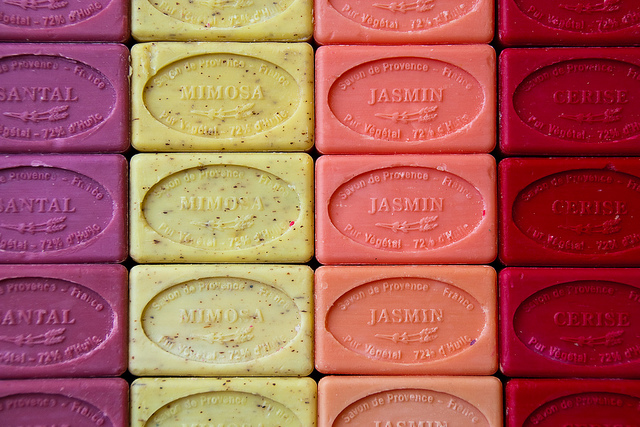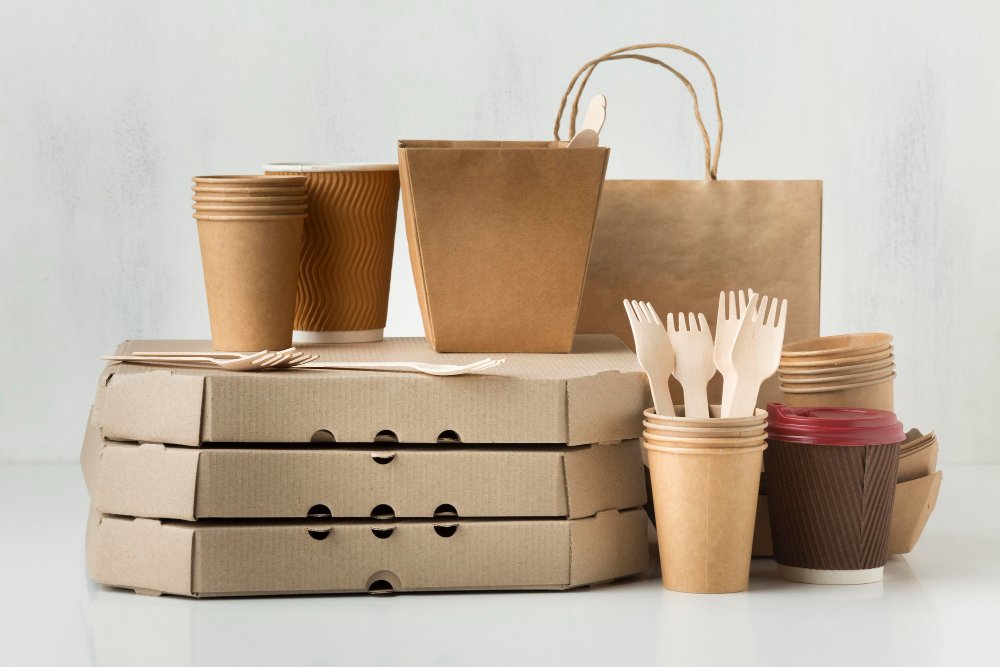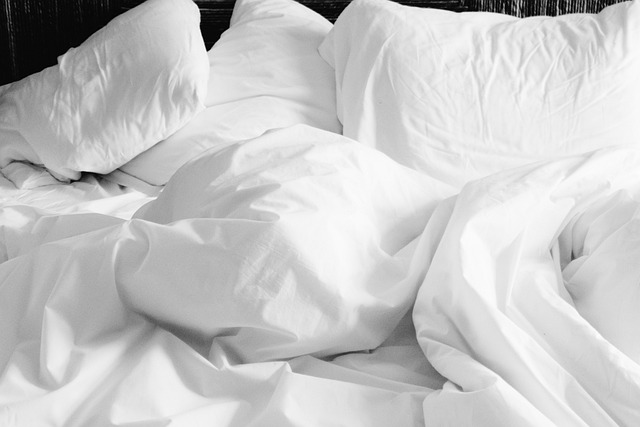
As the dawn of a new era of conscious consumerism rises, we find ourselves pivoting towards a blend of luxury and sustainability. Gone are the days when sustainability was perceived as a trend – it is now becoming the new norm, especially within the realm of home textiles.
The mounting realization about the environmental impacts caused by our choices has led to a much-needed revolution, with consumers dictating a shift towards products that radiate not just elegance but also eco-friendly vibes.

This article outlines the importance of sustainable sophistication in the home textiles realm, explores various aspects of achieving it, and provides valuable insights on getting started on your own journey towards a more sustainably sophisticated home.
Read on to glean useful nuggets of wisdom about the art of balancing the intricate dance of elegance and ecology in your home textiles.
Contents
Understanding Sustainable Sophistication: A Deeper Dive
At its core, sustainable sophistication weaves together aesthetic excellence and ecological responsibility. It is all about creating or choosing textile products for our homes that not only enhance the overall decor but are also made using sustainable methods and materials.
This important concept is emerging as a key ingredient of a mindful and fashionable lifestyle, impacting both the makers and users of home textiles.
The Crucial Role of Sustainable Materials
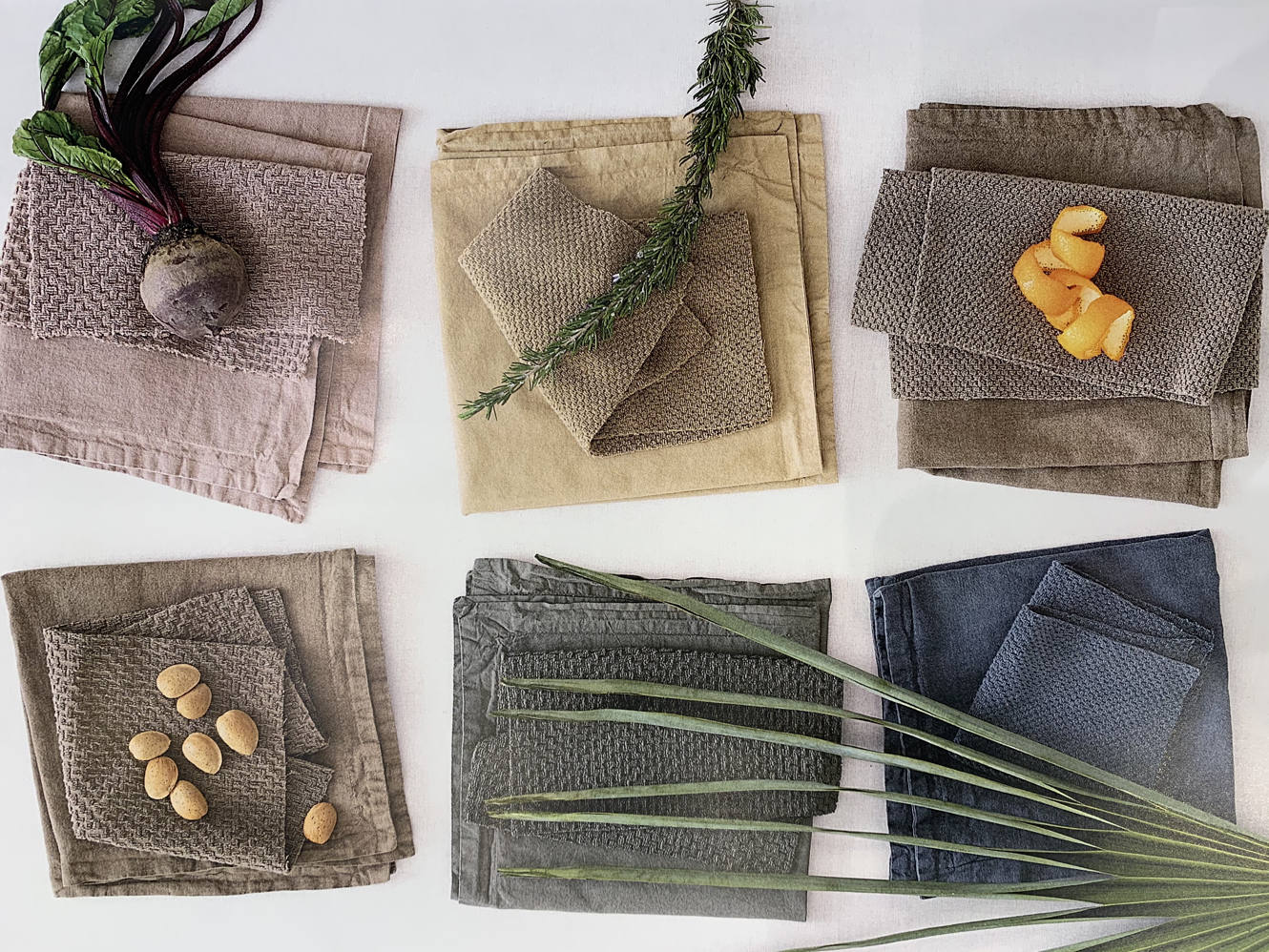
Eco-friendly materials are breathing new life into home textiles, offering not just sustainable alternatives but also vibrant aesthetic possibilities. Each material brings its unique appeal, ensuring that sophistication and sustainability go hand-in-hand.
- What is Organic Cotton? Organic cotton is grown without harmful pesticides or synthetic fertilizers, making it a great sustainable choice. Plus, it offers unmatched softness and breathability, making it perfect for everything from bed linen to upholstery.
- What is Recycled Polyester? Recycled polyester is made from discarded plastic bottles, not just reducing plus-based waste but also conserving precious resources. It’s resistant, durable, and lends an upscale vibe to any decor.
- What is Cupro Fabric? Cupro fabric is a regenerated cellulose fiber derived from the unused parts of a cotton plant. With the silky feel of cashmere and the moisture-wicking properties of Tencel, cupro fabric has emerged as an excellent choice for eco-conscious home textile enthusiasts.
- What is Tencel? Generated from sustainably sourced wood, Tencel is known for its smoothness and breathability. It’s an excellent eco-friendly fabric for home textiles, providing a luxurious and soft feel.
- What is Hemp? Highly durable and naturally resistant to microbes, hemp requires minimal water and no pesticides to grow. Its rustic charm makes it an excellent choice for home textiles with a natural vibe.
Through these materials and more, you can elevate your home decor with intriguing textures, dynamic colors, and stunning designs, all the while contributing positively to the planet.
Embracing Environmentally Friendly Manufacturing Processes
Adopting green manufacturing processes is another pillar of sustainable sophistication in home textiles. These environmentally-friendly methods aim to minimize waste, conserve energy, and reduce harmful emissions.
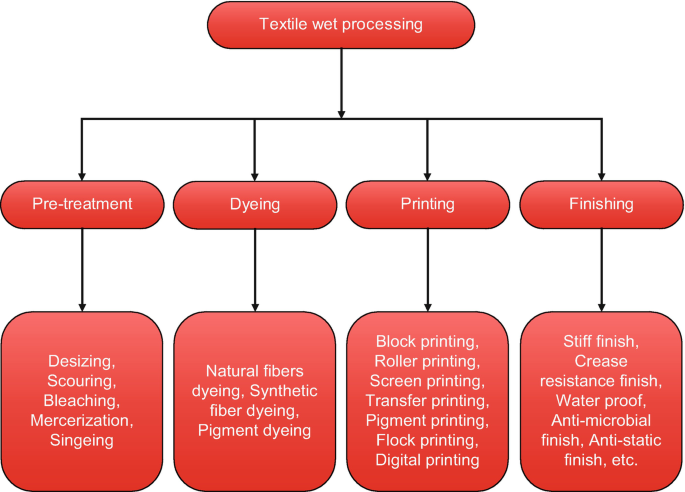
From using natural dyes to opting for energy-efficient equipment, every step counts. It’s proof that the journey to create beautiful home textiles doesn’t need to harm the planet.
Ensuring Fair Trade in Home Textiles
Fair trade is also a pivotal component of sustainable sophistication. It guarantees that all individuals involved in the production process are treated ethically and paid fairly.
This aids in fostering a positive work environment and propelling the industry forward in an equitable manner, thus making sustainable textiles a source of pride and joy for everyone involved.
How to Incorporate Sustainable Sophistication in Your Home
Steering your home decor towards sustainable sophistication is simpler than it sounds. Here’s your guide broken down into easily digestible steps:
- Conduct an Audit: Start with an honest evaluation of your current decor. Identify items that are not eco-friendly and could be replaced.
- Research Sustainable Brands: Invest time into identifying brands that prioritize sustainability. Check their manufacturing processes, materials used, and fair-trade practices.
- Choose Eco-friendly Materials: Favour home textiles made from sustainable materials like organic cotton, recycled polyester, cupro fabric, Tencel, and hemp.
- Opt for Quality Over Quantity: Choose fewer, high-quality pieces that will last longer instead of many disposable items.
- Invest in Timeless Designs: Instead of going for the latest fad, invest in pieces that are classic, timeless, and versatile.
- Recycle and Upcycle: Instead of discarding old items, consider if they can be recycled, repurposed, or upcycled.
- Energy Efficiency Counts: When purchasing electrical items, opt for ones with a high-energy efficiency rating.
- Mindful Consumption: Be mindful of your choices. Always ask yourself if you need an item before purchasing it.
Remember, these steps are just a guiding pathway. What matters most is developing a mindset that prioritizes sustainability in everyday choices, however small they may be.
The Future of Sustainable Sophistication in Home Textiles
There’s an exciting road ahead for sustainable sophistication in home textiles. We’re likely to witness further innovation in materials and manufacturing processes, increasing brand transparency, and deeper consumer awareness around sustainability.
As more brands and homeowners lean into this approach, sustainable sophistication could well become the defining characteristic of tomorrow’s home textiles universe. Join us in shaping this exciting future.
Conclusion
Integrating sustainable sophistication into home textiles offers a fresh, more conscious way to define luxury. It goes beyond mere aesthetics, bringing in elements of care – for our planet, the workers involved, the manufacturing process, and even our health and well-being.
Moreover, as more brands march on this journey and consumers become more mindful, sustainability isn’t set to remain an alternative but is rapidly becoming the desired mainstream.
FAQs
Q: What does sustainable sophistication mean in the context of home textiles?
It refers to a blend of luxury and eco-friendliness in home textiles, including usage of sustainable materials, eco-friendly manufacturing processes, and fair-trade practices.
Q: What materials are considered sustainable for home textiles?
Organic Cotton, Recycled Polyester, Cupro Fabric, Tencel, and Hemp are just a few examples of sustainable materials used in home textiles.
Q: Why is fair trade important in the context of sustainable sophistication?
Fair trade ensures that everyone involved in the process of creating the product is treated ethically and paid fairly, adding to the sustainability aspect.
Q: How can I incorporate sustainable sophistication in my home?
You can start by choosing brands that align with sustainability values, opt for eco-friendly materials, and invest in timeless designs instead of fast-fashion home décor.
Q: What is the future of sustainable sophistication in home textiles?
The future is likely to bring further innovations in materials and manufacturing processes, increased transparency, and heightened consumer awareness about sustainability.


